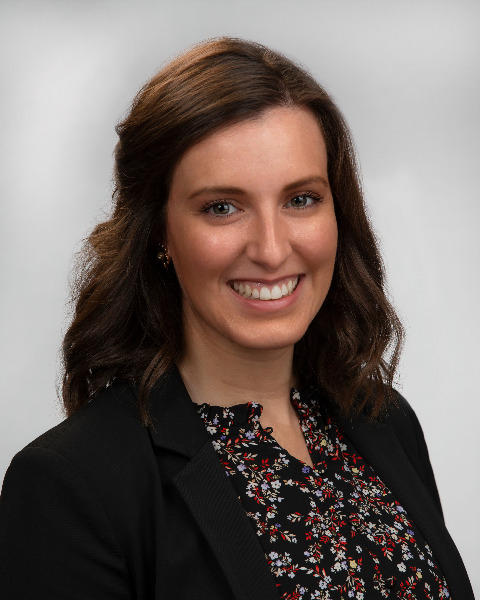Medical Education
Session: Medical Education 4 Works in Progress
WIP 51 - Piloting Advocacy Rounds in a Residency Program: An Educational Improvement Project
Sunday, May 5, 2024
3:30 PM - 6:00 PM ET
Poster Number: WIP 51
Publication Number: WIP 51.2469
Publication Number: WIP 51.2469

Sarah J. Calardo, DO (she/her/hers)
Pediatric Hospital Medicine Fellow
Nemours Children's Hospital, Delaware
Media, Pennsylvania, United States
WIP Presenting Author(s)
Background: Many pediatric patients face systemic and structural barriers in healthcare. The hospital setting provides an opportunity for pediatric trainees to identify and address these barriers by practicing individual and population level advocacy. While pediatric residencies are required to provide structured advocacy training, most do not have inpatient advocacy curricula.
When we surveyed pediatric residents at our institution, 96% agreed that patient advocacy was important but 68% were unfamiliar with community resources available to their patients. Although 84% of residents reported they thought about advocacy as it related to their patients at least weekly, only 52% reported that patent advocacy needs were discussed that frequently on rounds. None of the residents had ever received formally advocacy training in the inpatient setting.
Objective: We aim to improve healthcare provider comfort in integrating advocacy concepts into inpatient care. This will be accomplished by increasing utilization of biweekly Advocacy Rounds (AR) on the resident general pediatrics service teams from 0% to 60% in 5 months.
Design/Methods: Our project utilizes The Model for Improvement and sequential PDSA cycles and was deemed QI by our IRB. A needs assessment identified the need for an inpatient advocacy curriculum for trainees. We developed a novel inpatient advocacy rounding framework “iSPEAC” where S: Social Determinants of Health, P: Partnerships, E: Equity and Inequity, A: Action, and C: Communication. Using iSPEAC, we designed AR as a structured trainee learning opportunity to encourage application of population-level advocacy skills and knowledge in the fast-paced inpatient setting.
Outcome measures are trainee-reported comfort level integrating advocacy concepts into patient care and percent of patients whose care was impacted by AR. Our process measure is the percentage of residency "blocks" with documented AR. Balancing measures are rounding time and participant attitudes toward AR. Data collection is ongoing with planned completion by January 2024 and subsequent statistical analysis.
